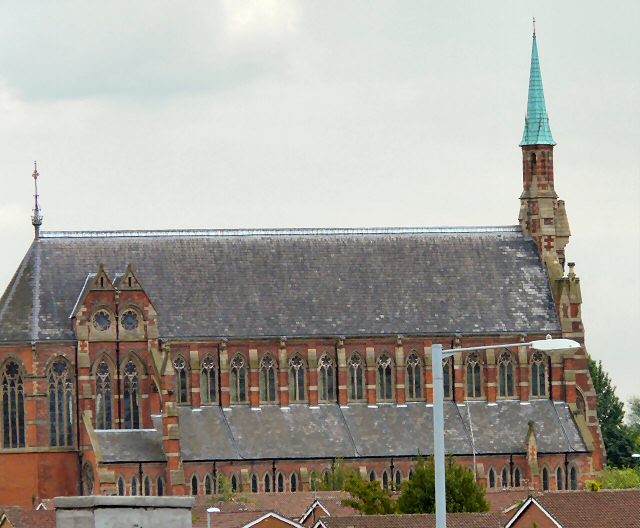Gorton Monastery
Introduction
The photograph on this page of Gorton Monastery by Gerald England as part of the Geograph project.
The Geograph project started in 2005 with the aim of publishing, organising and preserving representative images for every square kilometre of Great Britain, Ireland and the Isle of Man.
There are currently over 7.5m images from over 14,400 individuals and you can help contribute to the project by visiting https://www.geograph.org.uk

Image: © Gerald England Taken: 5 Jun 2009
The historic buildings were built between 1863 and 1872 by Franciscan monks who had come to Manchester in 1861 to serve the local Catholic community. Designed by Edward Pugin, Gorton Monastery is considered one of his finest masterpieces. It was put on the World Monuments Fund Watch List of 100 Most Endangered Sites in the World in 1997, alongside Pompeii, Macchu Picchu, The Valley of the Kings and the Taj Mahal. This was a milestone that led to the Monastery being recognised internationally for its architectural and spiritual significance and gave rise to the nickname of "Manchester's Taj Mahal". The Monastery was for some 120 years the hub of religious, social and cultural activity - the Franciscans ran 3 schools, a theatre group, brass band, choir, youth club, successful football teams and numerous other activities for the community - it was sadly vacated by the Franciscans in 1989 and, after a false start for a new use, was left prey to significant vandalism and theft. Following a 12 year fundraising campaign by the charity - The Monastery of St. Francis & Gorton Trust - which was established in 1996 and still owns the building, a total of £6.5m was raised, which have saved the building from ruin and restored the site. More information at http://www.themonastery.co.uk/

